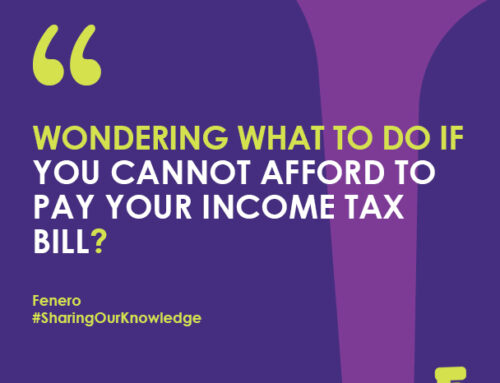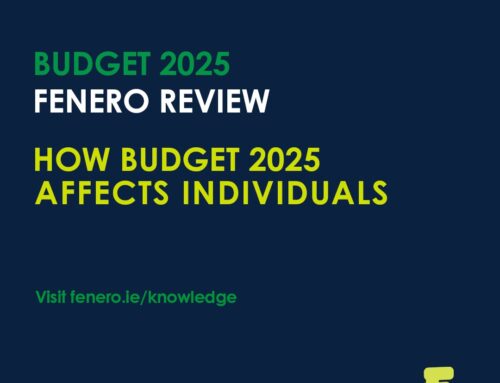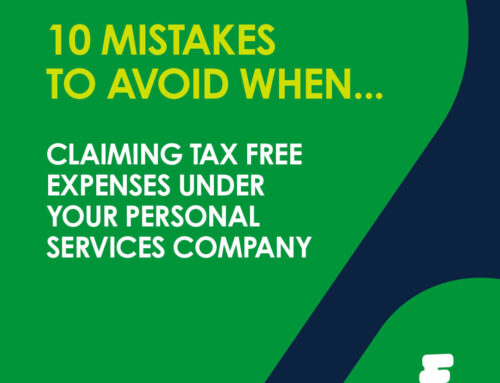The media is reporting first time buyers are about to launch into frenzied panic to get on the property ladder once more, due the anticipated scrapping of the Help-to-Buy tax scheme. But are you one of the many people who are wondering:
a. What is this scheme?
b. And can I benefit from it?
Then read on…
What is it?
The Help-To-Buy scheme is a tax refund available to First Time Buyers for use as a deposit towards buying a new home.
Introduced only one year ago in Budget 2017, it offers First Time Buyers a refund of the total income tax and DIRT (Deposit Interest Retention Tax) which they have paid over the 4 years prior, to assist them in obtaining a deposit for their first home.
Some stats
Latest figures show:
- 7,000 people have applied to be considered for the scheme
- Of those 7,000, only 2,000 have chosen to proceed to the final stage of the process
- Of those 2,000, only 1,376 have been approved a tax refund
- The average tax rebate being sought is €10-15,000
- The total estimated cost of the scheme to the government purse so far is €10.3 million
Sounds interesting. Who can qualify?
- First time buyers looking to purchase or build a new home;
- You must be tax compliant to avail of the scheme;
- Buyers who need a guarantor for their loan can still qualify;
- Both employees and the self-employed are eligible;
- If you have purchased a new home since 19 July 2016, you can back date a claim.
And the fine print?
There are a few additional conditions to get your head around:
- Only newly built homes qualify for the relief. You are not eligible for the scheme if you are buying a second hand property;
- If a couple are buying a property together, both must be First Time Buyers;
- You must live in the property as your main home for a period of 5 years after you buy or build it, or there will be a claw back of the tax refund;
- You must take out a mortgage of at least 70% of the purchase price (or, for a self-build, 70% of the valuation approved by the mortgage provider). Cash buyers do not qualify;
- If you bought the house between 19 July 2016 and 31 December 2016 the purchase price must be €600,000 or less. Properties bought after 1 January 2017 must be €500,000 or less. If the property value is greater than these, you are not eligible for the scheme;
- The builder you are buying your home from must be Revenue approved, so make sure to check this.
How much can I claim?
The scheme allows for a tax refund worth 5% of the value of your new property, subject to an upper limit of €20,000. But the tax refund amount you receive will depend on the amount of income tax and DIRT you’ve paid during the four years prior to buying the house. What this means is that even if you are entitled to a theoretical maximum of €20,000 based on the value of the property which you are purchasing, you may not receive €20,000. Revenue will review how much income tax & DIRT you have paid in the previous four years to calculate your tax refund.
Here’s a table setting out the maximum tax refunds available based on property price and purchase date:
|
So if I buy a house worth at least €400,000 will I definitely get a €20,000 tax refund?
No. €20,000 is the maximum amount allowable by the scheme. However, if you haven’t paid €20,000 in income taxes and DIRT over the past 4 years you won’t receive a €20,000 tax refund. You will instead receive a lower amount based on how much tax you have paid.
Let’s take a look at an example
John is buying a house in 2017 for €325,000.
John’s maximum allowable refund is 5% of €325,000, which is €16,250
John has never had deposit savings accounts and was unemployed in 2013 and 2014 but working in 2015 and 2016. Looking at his P60s for 2015 and 2016, John saw that he had paid total income taxes of €6,500.
Tax refund figure: John will receive a tax refund of €6,500 to use as a deposit
I can see figures for PAYE, PRSI & USC on my P60s. What figures should I use?
PRSI and USC are not taken into account when calculating your tax refund. It is only the PAYE amount which is relevant.
How do I get my refund?
If you bought your property between 19th July 2016 and 31 December 2016 the refund will be paid to you directly. From 1 January 2017 tax refunds will be paid to the builder or the loan provider, as part of your deposit payment due to them.
How do I apply?
If you are a PAYE worker you need to register on myAccount and complete an online Form 12 for the previous 4 years. Self-employed individuals must be registered with Revenue’s Online Service (ROS) and submit Form 11s up to date (if they haven’t already done so) and pay any outstanding taxes.
If you need help completing either a Form 12 or Form 11, get in touch. As personal tax experts who have processed over 5,500 income tax returns, we’ll have you sorted in a flash.
When and why is the scheme being ended?
It is not yet confirmed that the scheme is being scrapped. However comments from the new Minister for Housing, Eoghan Murphy, suggest that it is on the cards. The Minister has expressed concerns that the scheme is driving up property prices and is not delivering on the housing supply side. This argument that the scheme would increase demand rather than supply, was put forward by many at the time the scheme was first introduced.
The scheme had originally been intended to run until 2019, so we will have to watch this space. It is probable that an announcement about the continuation of the scheme will not be before the 2018 Budget, on 10th October 2017.
Fenero are Personal Tax Experts. If you need tax advice or help completing an income tax return for your First Time Buyer Help-to-Buy Tax Refund, get in touch!






